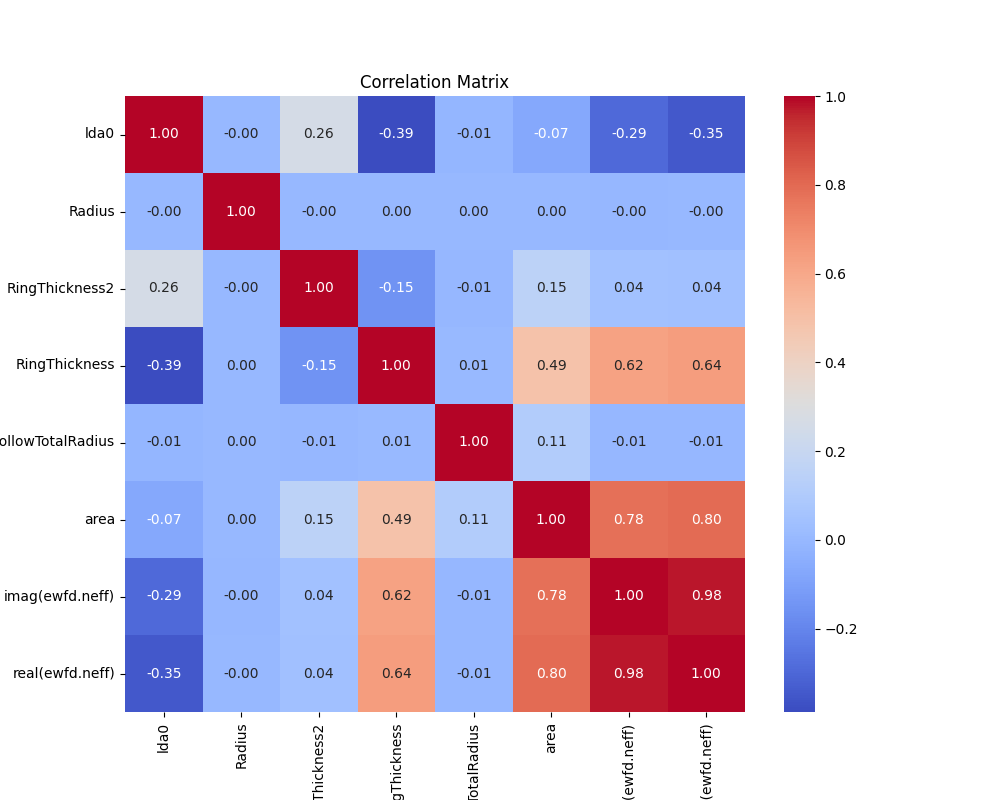The landscape of scientific research and innovation is evolving rapidly, with computational skills and data literacy becoming as fundamental as test tubes in a laboratory. 🧪💻 Amidst the plethora of programming languages, Python emerges as a beacon of hope, especially for science majors grappling with code. Its simplicity, coupled with its powerful capabilities, makes it an indispensable tool across various scientific disciplines. So, whether you're trying to decode the human genome or predict climate change, building a solid foundation in Python is paramount. Let's embark on a journey to explore the Python basics that every science major should grasp!
Interested in Engineering Courses? 👇
YouTube video on complete introduction to python for science and engineering 👇
Why Python for Science Majors?
- Simplicity and Readability: Python's syntax is as clean as a well-organized lab bench, making it perfect for those who are new to programming. Its emphasis on readability means you spend less time deciphering code and more time on your scientific inquiries.
- Extensive Libraries and Modules: Think of Python libraries as a fully-stocked chemical storeroom. Need to perform complex mathematical calculations? NumPy has your back. Delving into data analysis? Pandas is your ally. From BioPython for biology to AstroPy for astronomy, the possibilities are endless.
- Strong Community Support: Python boasts a vibrant community of developers and scientists. Stuck on a complex piece of code at 2 AM? There's likely a solution on communities like Stack Overflow or a relevant Python user group.
- Interdisciplinary Applications: Python's versatility means you can use it in bioinformatics, engineering, physics, and beyond. It's the programming equivalent of a multi-purpose lab tool!

Starting with the Basics: Python Building Blocks for Scientific Exploration
Variables: Storing and Manipulating Data
Variables in Python are like beakers waiting to be filled with data. They store values and data types, which can be manipulated and utilized in your computations.
# Storing an integer value
age = 25
# Storing text in a string
research_topic = "Neural Networks in Quantum Computing"
# A list of values
experiments = ["Experiment 1", "Experiment 2", "Experiment 3"]Control Structures: Guiding Your Code's Logic
Control structures (loops, if-else statements) are your experiments' protocols. They guide the flow of your program, allowing you to iterate over data or make decisions.
# Looping over a list
for experiment in experiments:
print(f"Conducting {experiment}")
# Conditional logic
if age > 21:
print("Eligible for the research program")
else:
print("Not eligible for the research program")Functions: Modularizing and Reusing Code
Functions are your lab's SOPs (Standard Operating Procedures). They package code into reusable blocks, preventing redundancy and keeping your code organized.
def calculate_concentration(mass, volume):
concentration = mass / volume
return concentration
# Using the function
result = calculate_concentration(10, 5) # Returns 2Libraries: Expanding Your Scientific Toolkit
Libraries extend Python's functionality, providing pre-built code for specific tasks – like a specialized lab instrument!
import numpy as np
# Calculate the mean
temperatures = [22, 25, 20, 23, 24]
mean_temperature = np.mean(temperatures)Error Handling: Expecting the Unexpected
Errors in your code are much like experiments gone awry. Python's error handling mechanisms allow you to anticipate and gracefully respond to errors in your code.
try:
result = 10 / 0 # This will cause a division by zero error
except ZeroDivisionError:
print("Attempted to divide by zero!")The Big Picture: Python in Scientific Research
Understanding Python's basics paves the way for advanced exploration. Here's how these fundamentals apply in a scientific context:
- Data Analysis and Visualization: Clean, analyze, and visualize data with libraries like Pandas, Matplotlib, and Seaborn. Transform raw data into meaningful insights!
- Machine Learning and AI: Delve into machine learning with libraries like scikit-learn and TensorFlow. From predicting molecular structures to analyzing genetic sequences, the applications are vast.
- Simulation and Modeling: Use Python for simulations and modeling in physics, engineering, and more. Predict outcomes and test theories without the risk and cost of real-world testing.
- Bioinformatics: Analyze DNA sequences, compare genomes, and explore biological data with libraries like BioPython.
Conclusion: Embracing Python for a Brighter Scientific Future
Python is not just a programming language; it's a fundamental skill for modern scientists. Building a solid foundation in Python equips science majors with the tools necessary to conduct efficient, innovative research and keep up with the scientific advancements of the 21st century. So, start coding, keep experimenting, and remember: much like your scientific endeavors, your journey with Python is all about discovery and exploration! 🚀🔬
For help in modelling in any FEA, FDTD, DFT Simulation / Modelling work, you can contact us (bkacademy.in@gmail.com) or in any platform.
Interested to Learn Engineering modelling? Check our Courses?
check out our YouTube channel
u can follow us on social media
Share the resource
-.-.-.-.-.-.-.-.-.().-.-.-.-.-.-.-.-.-
© bkacademy
